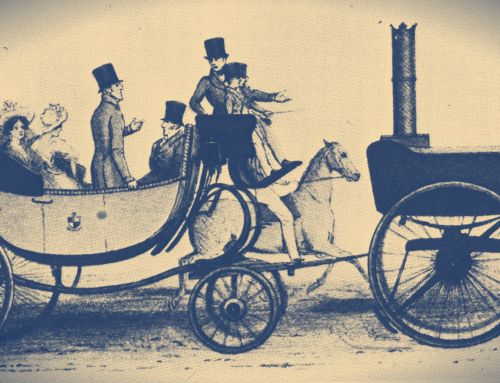Organizational Design is the process of designing, defining or adapting the organizational structure. It usually tries to answer:
- Who is responsible for each activity
- Who has the authority
- What are the limits of this authority
- Who reports to whom (if you still believe that)
- Who has control which resources
- How information flows in the organization
The organizational structure usually has explicit elements such as organizational chart, roles, job descriptions, chains of command, board of directors, processes, policies, and so on. But it also has implicit or intangible aspects, such as the network of personal relationships and the informal flow of information.
When creating a company or organization, most people use some basic and familiar elements and patterns that define the organizational structure. Elements such as the chain of command, a structure of positions, and departments with managers soon come to mind. With these traditional elements, some common phenomena happen as the organization grows.
- Formation of silos in the departments
- Decisions made by managers away from the frontline
- Inefficient workflow and steps that do not add value
- Delay in decision-making
- People don’t take responsibility or they are not clear
- Personal relationships are used as an instrument to earn power or make something happen in the organization
Problems like these or the need for a strategic change generate the famous re-organizations. Deep changes in the organizational structure that in the end end up using the same elements described before, or sometimes adding “innovations”, like the matrix structure.
The results change little and we start looking for answers, usually blaming other people and their capacities.
Our Approach to Organizational Design
We understand that in order to escape the most common pitfalls encountered by companies, we need a radically different organizational design.
We call “Evolutionary Design” this process that follows some principles:
- Continuous. It needs to be a continuous and incremental process, seeking a better organizational structure for the present moment. That’s why we like dynamic structures that are easy to adapt.
- Collaborative. Everyone in the organization should contribute to this design because different perspectives help to avoid inefficient workflows and increase accountability.
- Organizational clarity. The structure should offer the maximum clarity of expectations so that each one knows his or her accountabilities in the organization. This only happens if the process of (re)defining expectations is continuous and a collaborative effort.
- Structural Empowerment. Every role and activity must come with automatic autonomy granted to execute it. This creates a kind of empowerment that is structural and does not depend on the “will of the boss”.
- Free Flow. The structure must allow the free flow of people and information. If there is any possibility for a manager to “shield” a department, you have a problem at hand. That is also why transparency must be more than a word in the organization’s list of values.
These principles are the basis of frameworks such as Holacracy. They are made concrete through a meta-process (a set of rules) that allow the creation of a new type of organizational structure called nested circles.






[…] The formation of silos is the biggest obstacle in strengthening connections between people. Here organizational design becomes more than […]
[…] learning of agile methods that clash with other practices within the company. We have an organizational design that emerged from very different assumptions than those in the agile manifesto. Changing this […]